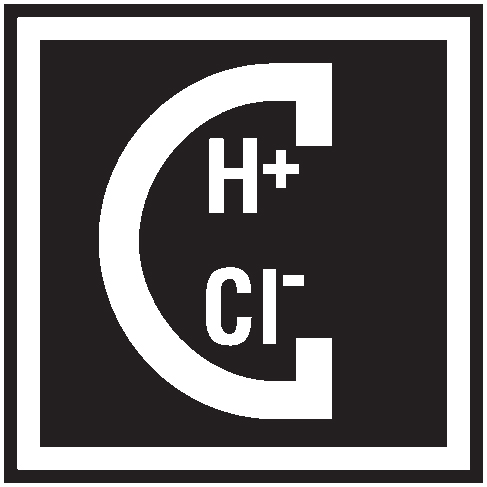 A nanoparticle that can help clean water of cadmium becomes toxic once taking in the metal. But research finds that organic matter, in this case from algae, reduces that toxicity.
A nanoparticle that can help clean water of cadmium becomes toxic once taking in the metal. But research finds that organic matter, in this case from algae, reduces that toxicity.
Nanotechnology plays an important role in removing toxic chemicals found in the soil. Currently more than 70 Environmental Protection Agency (EPA) Superfund sites are using or testing nanoparticles to remove or degrade environmental contaminants. One of these—nano-zero-valent iron—is widely used, though its effect on organisms has not been examined.
In a recent experiment, a team of scientists tested the effect of sulfurized nano-zero-valent iron (FeSSi) on a common freshwater alga Chlamydomonas reinhardtii). They found that FeSSi picked up cadmium from a watery medium and alleviated cadmium toxicity to that alga for more than a month.


 The aviation industry produces
The aviation industry produces  On November 14, 2017, Clarivate Analytics published its annual list of Highly Cited Researchers with the overarching declaration that “whether ‘Highly Cited’ or ‘Hot,’ these researchers are making a significant impact.”
On November 14, 2017, Clarivate Analytics published its annual list of Highly Cited Researchers with the overarching declaration that “whether ‘Highly Cited’ or ‘Hot,’ these researchers are making a significant impact.” Researchers have traced the paths of three water channels in an ancient photosynthetic organism—a strain of cyanobacteria—to provide the first comprehensive, experimental study of how that organism uses and regulates water to create energy.
Researchers have traced the paths of three water channels in an ancient photosynthetic organism—a strain of cyanobacteria—to provide the first comprehensive, experimental study of how that organism uses and regulates water to create energy. The ECS Corrosion Division is currently accepting nominations for the following two awards:
The ECS Corrosion Division is currently accepting nominations for the following two awards: Submit your manuscripts to the ECS Journal of Solid State Science and Technology (JSS)
Submit your manuscripts to the ECS Journal of Solid State Science and Technology (JSS)  Within the next month, energy watchers expect the Federal Energy Regulatory Commission to act on an
Within the next month, energy watchers expect the Federal Energy Regulatory Commission to act on an  Pillared graphene would transfer heat better if the theoretical material had a few asymmetric junctions that caused wrinkles, report engineers.
Pillared graphene would transfer heat better if the theoretical material had a few asymmetric junctions that caused wrinkles, report engineers. A copyright battle between ResearchGate and a handful of publishing giants continues as the academic social network bends to pending legal pressure, restricting access to at least
A copyright battle between ResearchGate and a handful of publishing giants continues as the academic social network bends to pending legal pressure, restricting access to at least 